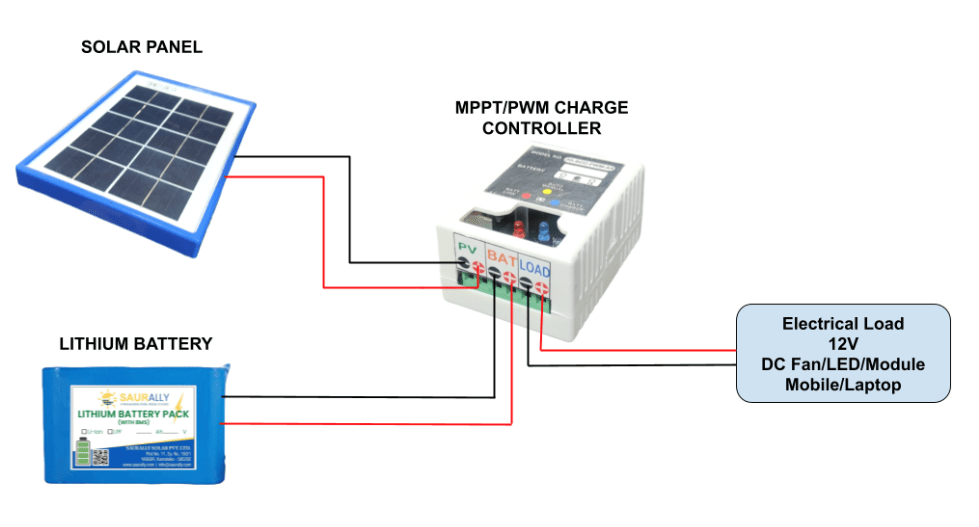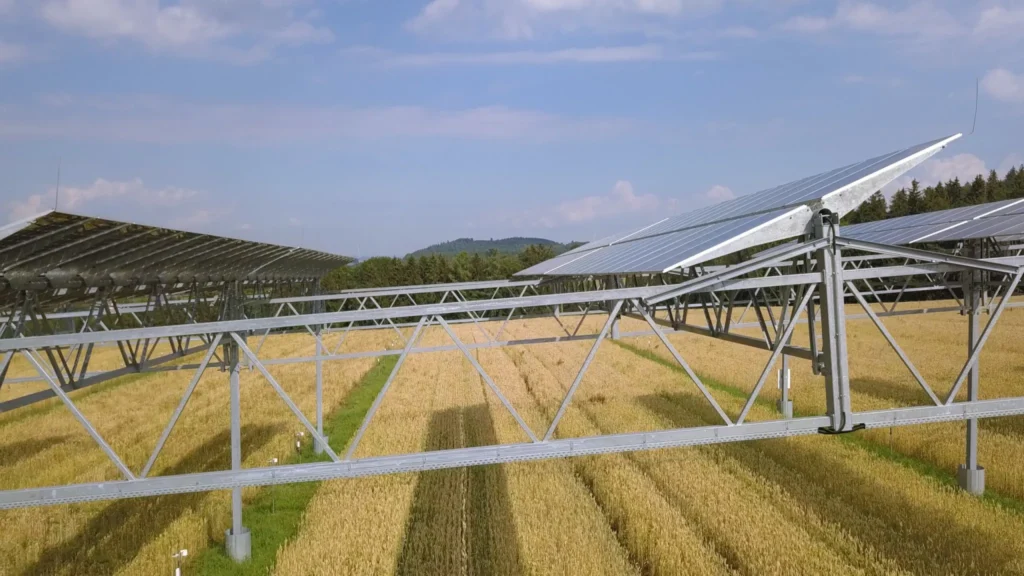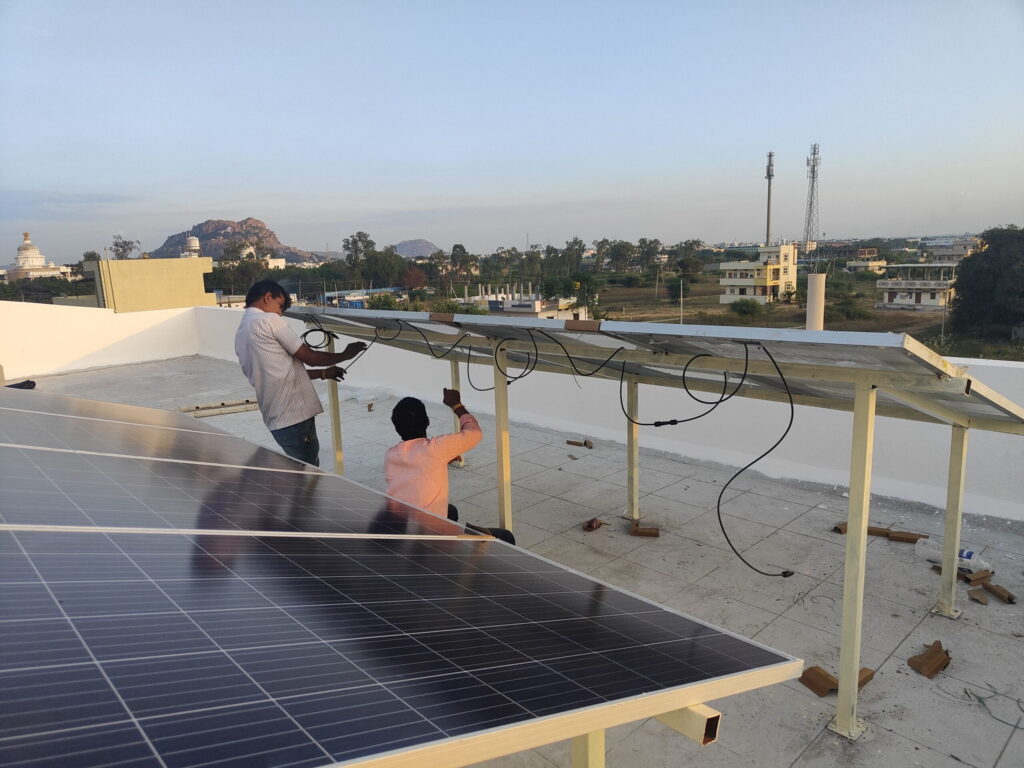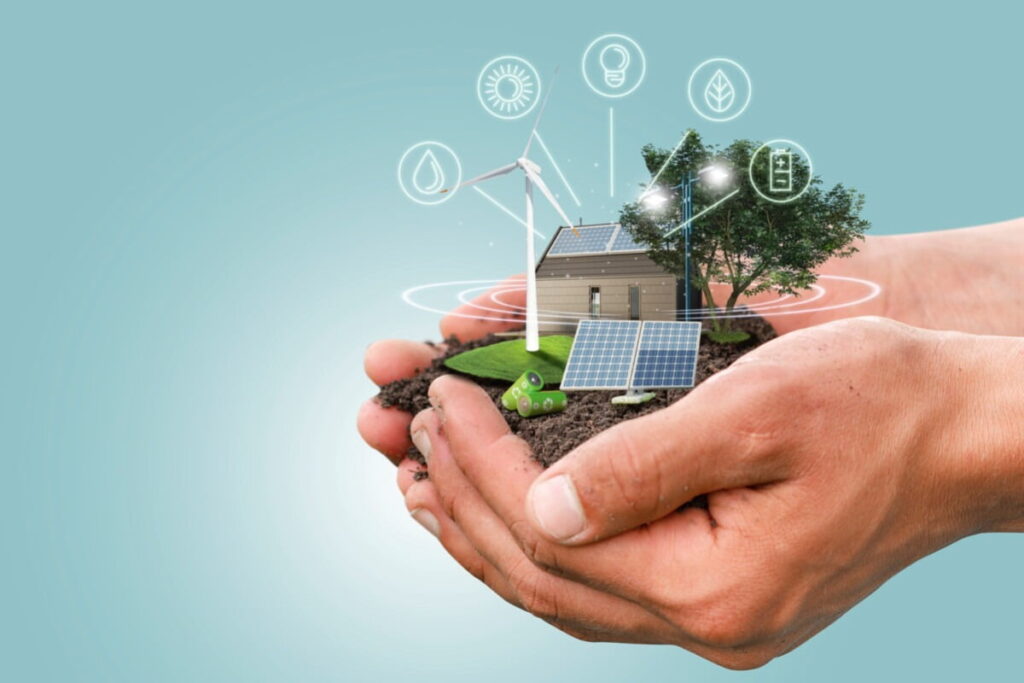Solar Panels in Agriculture: Harnessing the Sun for Sustainable Farming
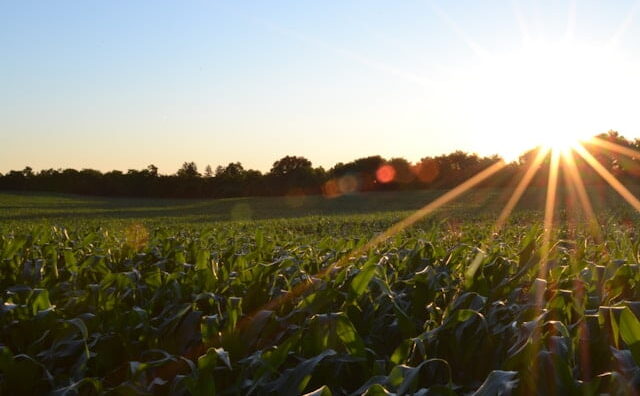
As the sunbathes our planet in abundant energy, harnessing this natural resource has become a crucial aspect of sustainable practices. In the realm of agriculture, solar panels play a pivotal role in revolutionizing the way we cultivate crops, manage livestock, and power essential farm operations. Let’s delve into the multifaceted applications of solar technology in agriculture.
What is Solar Technology?
Solar technology involves capturing energy from the sun and converting it into usable forms. The foundation of this technology lies in photovoltaic cells, commonly known as solar panels. These panels directly transform sunlight into electricity, offering a sustainable alternative to fossil fuels. Let’s explore how solar energy is powering sustainable agriculture.
- Solar-Powered Irrigation Systems
Solar-powered irrigation systems utilize photovoltaic panels to drive water pumps. By delivering water directly to crops, these systems enhance efficiency while reducing water wastage and energy costs. Studies show that solar irrigation can increase crop yields while decreasing water consumption by up to 30%1. - Photovoltaic Panels for Farm Operations
Farm buildings equipped with solar panels generate clean electricity. These panels can power various farm operations, reducing reliance on traditional energy sources. From running machinery to illuminating barns and electric fencing, solar energy enhances productivity and security1. - Agrivoltaic Farming: Growing Crops Under Solar Panels
Agrivoltaic farming is an innovative approach that combines solar energy production with crop cultivation. By utilizing the shaded space underneath solar panels, farmers can grow crops without compromising land use. In India and parts of Africa, projects have successfully protected vegetables from heat stress and water loss using solar panels held several meters above the ground2. - Solar Water Pumps for Livestock
Solar-powered water pumps provide a reliable water supply for livestock. These pumps operate efficiently, especially in remote areas where grid electricity is scarce. By harnessing solar energy, farmers ensure their animals have access to clean water. - Solar Dehydrators for Crop Drying
Solar dehydrators use sunlight to dry crops, preserving their quality and extending shelf life. These devices are particularly valuable for drying fruits, vegetables, and herbs. They reduce the need for electricity or fossil fuel-powered drying methods. - Integration with Precision Agriculture
Solar-powered sensors and drones enable precise monitoring of crops. By collecting data on soil moisture, temperature, and plant health, farmers can make informed decisions. This integration enhances crop management and resource allocation. - Solar Energy in Aquaculture Systems
Aquaculture farms benefit from solar-powered aeration systems and water pumps. These systems maintain optimal oxygen levels for fish and other aquatic organisms. Solar energy reduces operational costs and environmental impact.
Conclusion
Solar panels are silent sentinels of energy, quietly transforming the agricultural landscape. By embracing solar technology, farmers can cultivate profitability while minimizing their carbon footprint. As the sun shines bright, let’s continue harnessing its power to create a sustainable future for agriculture.
Remember, every watt of solar energy captured is a step toward greener fields and healthier harvests.

